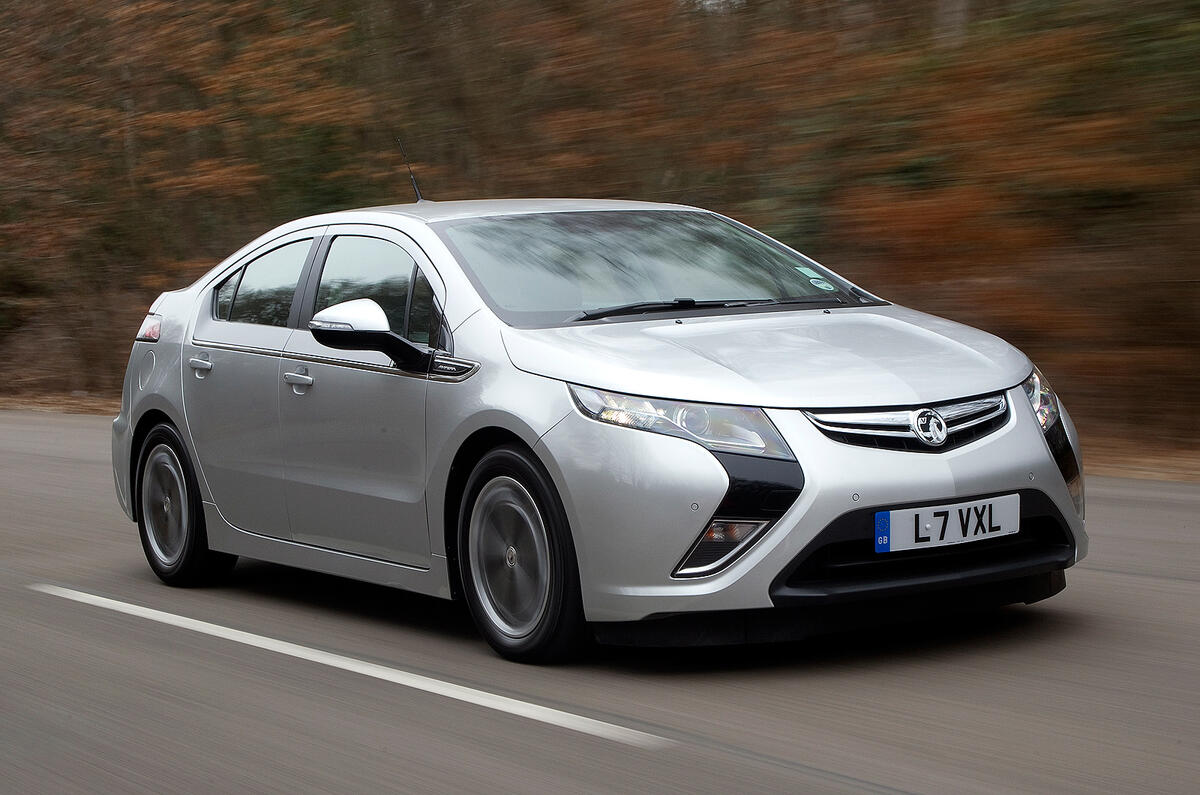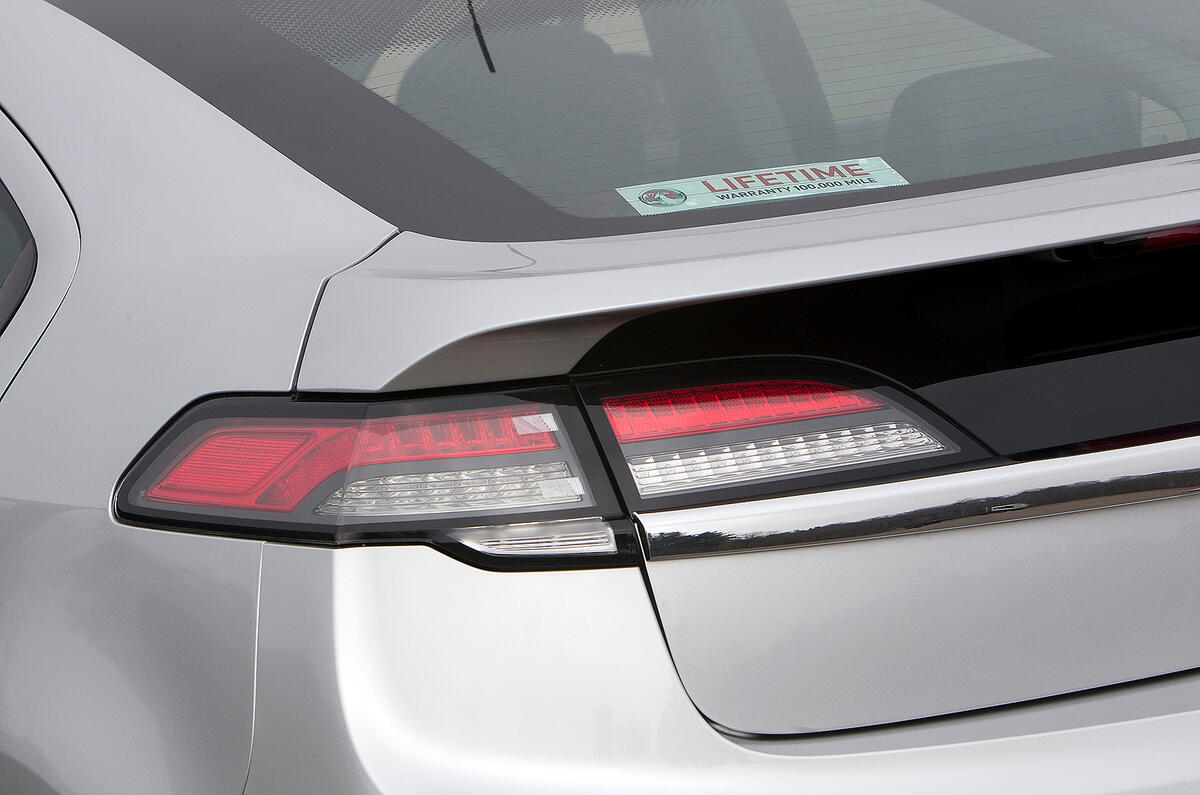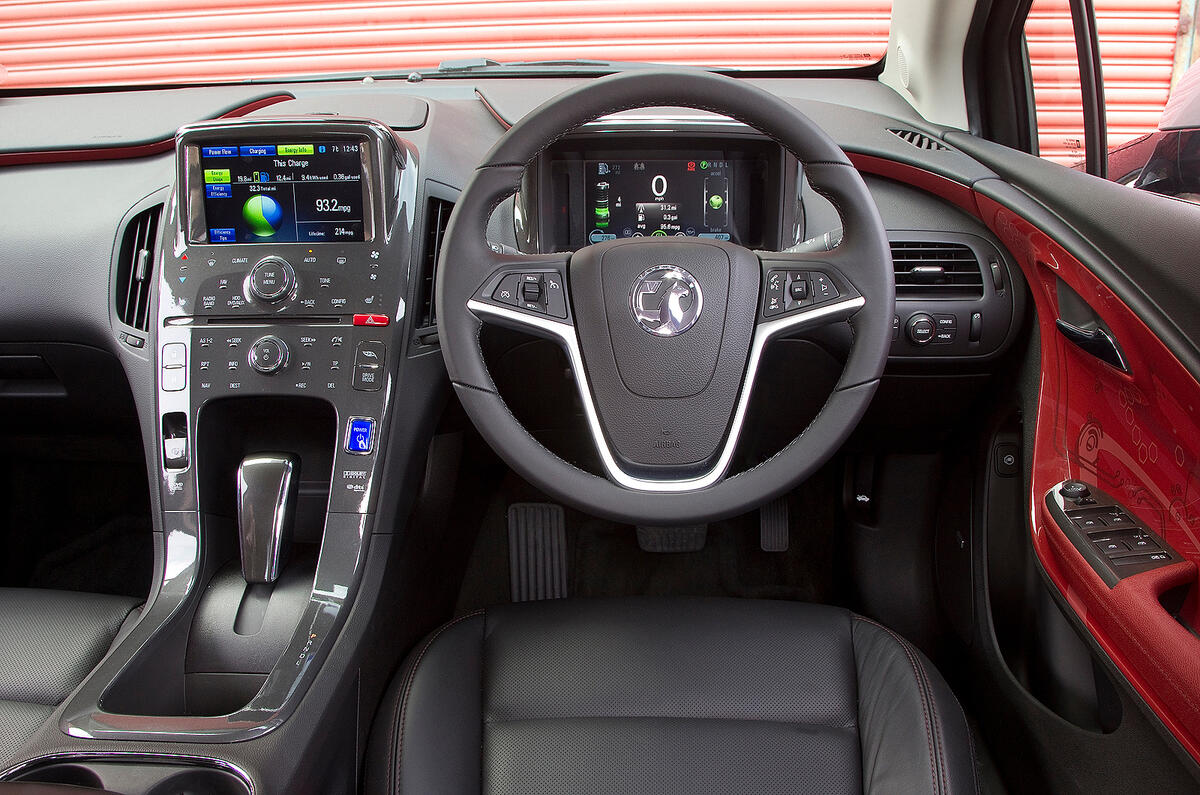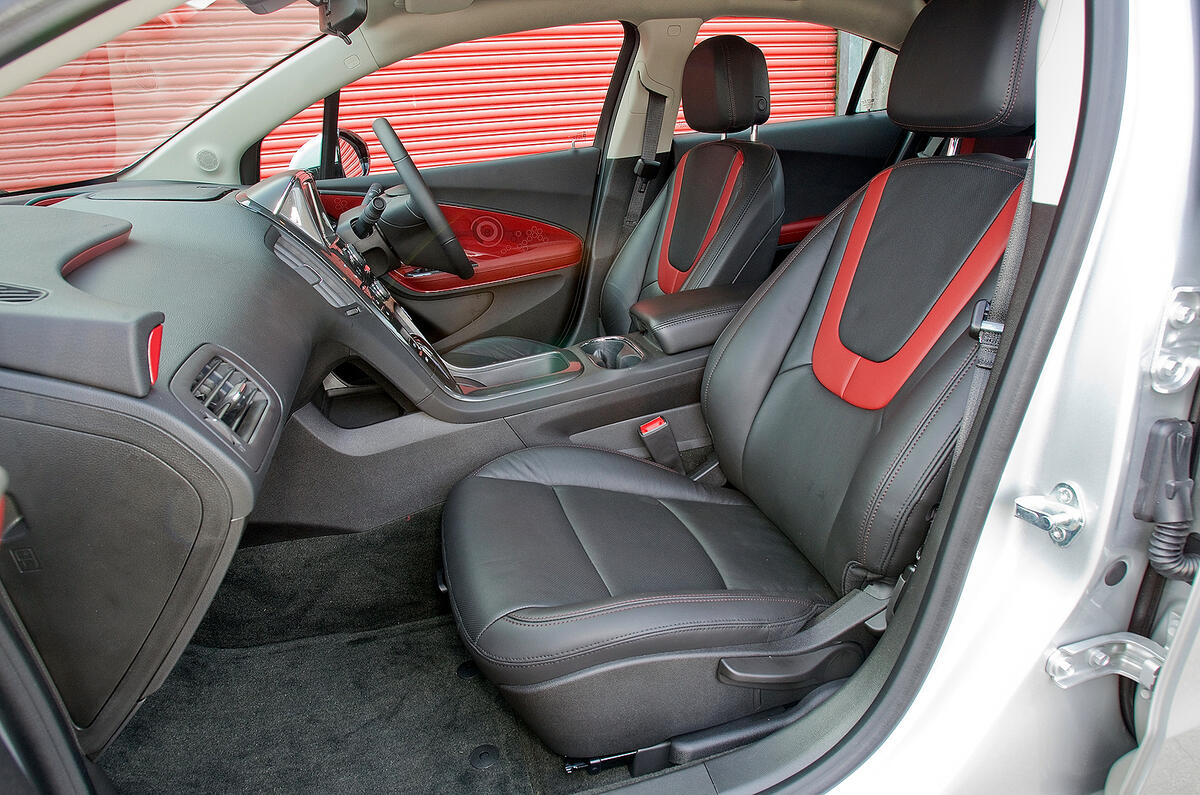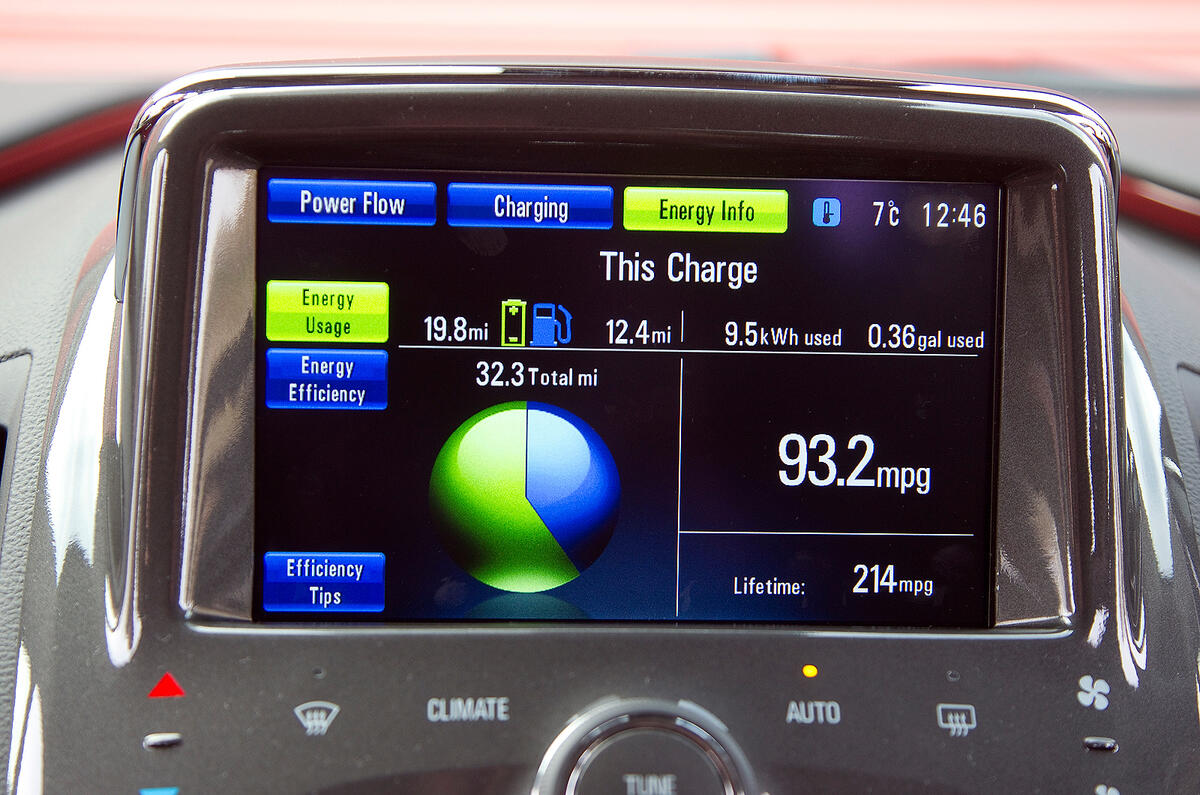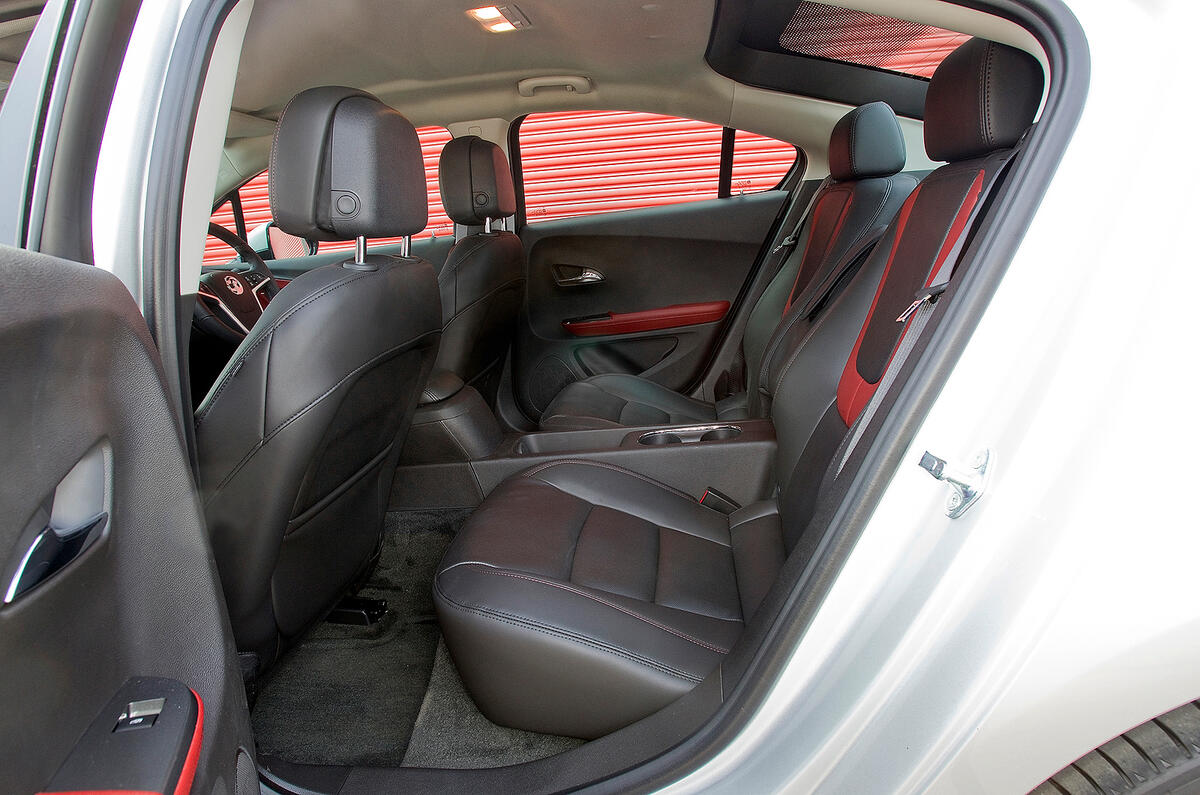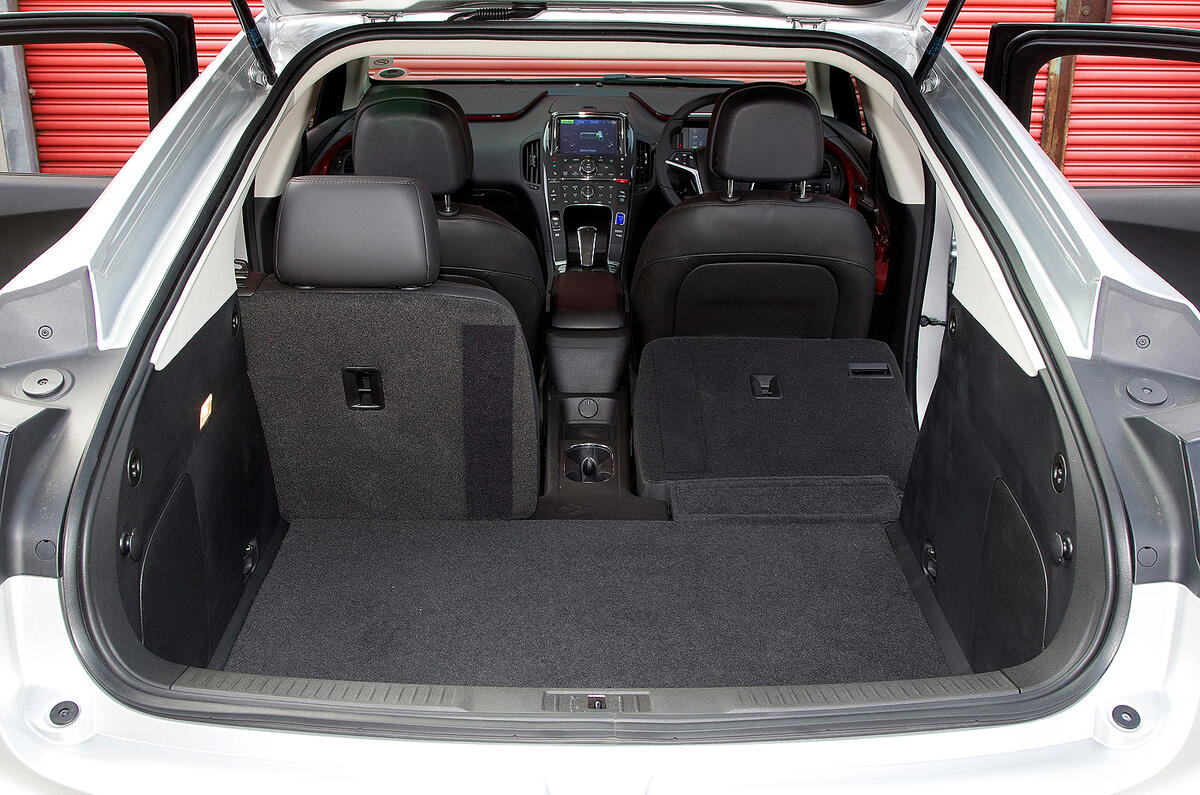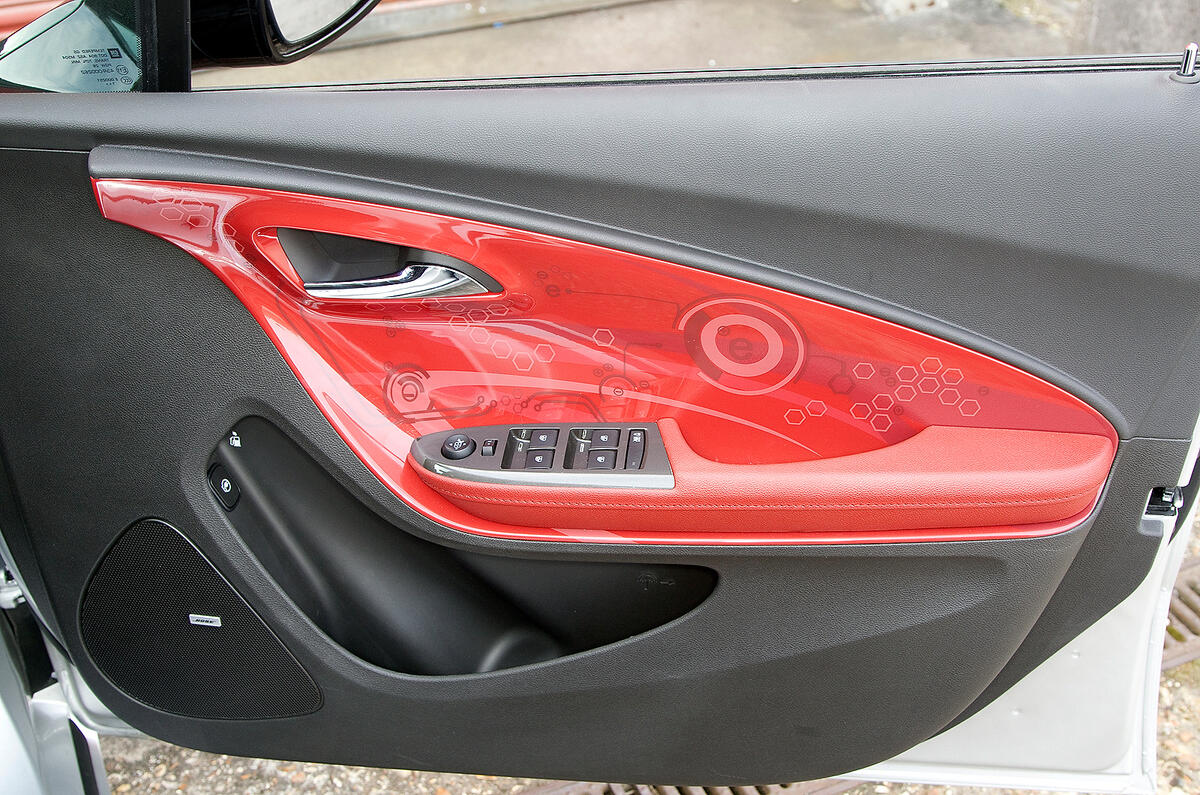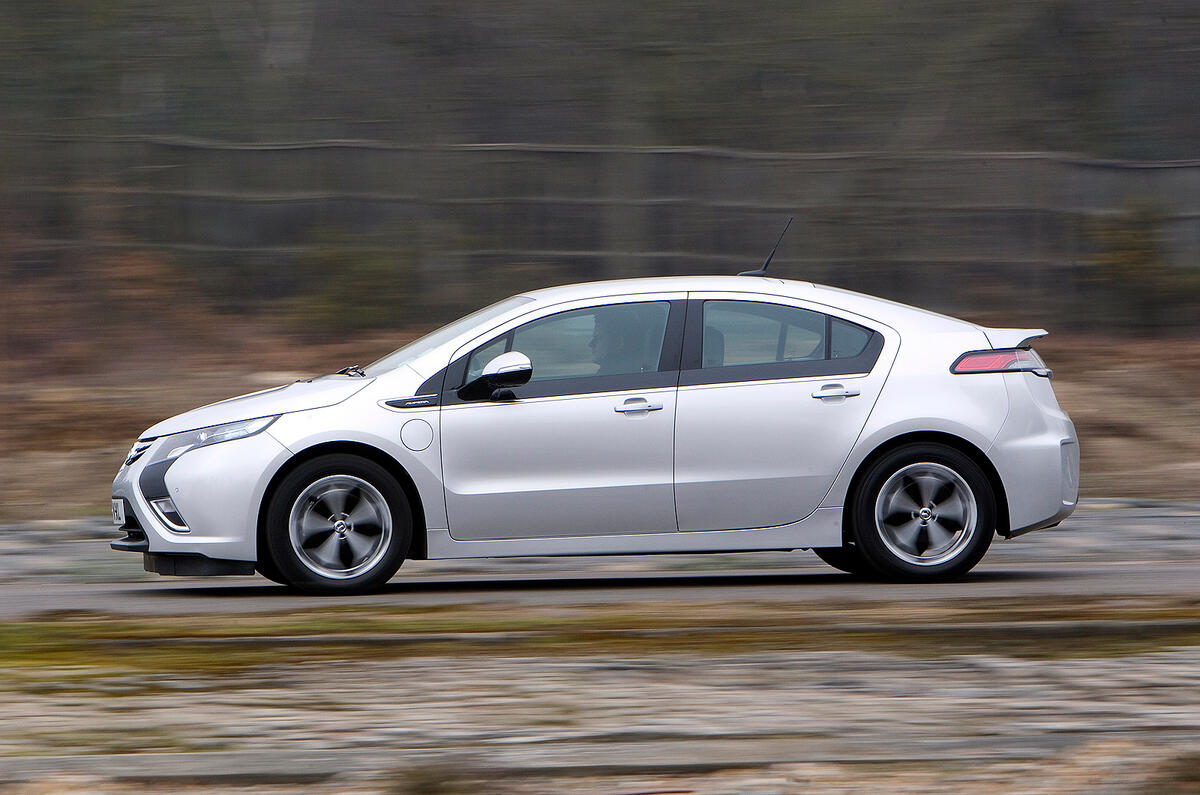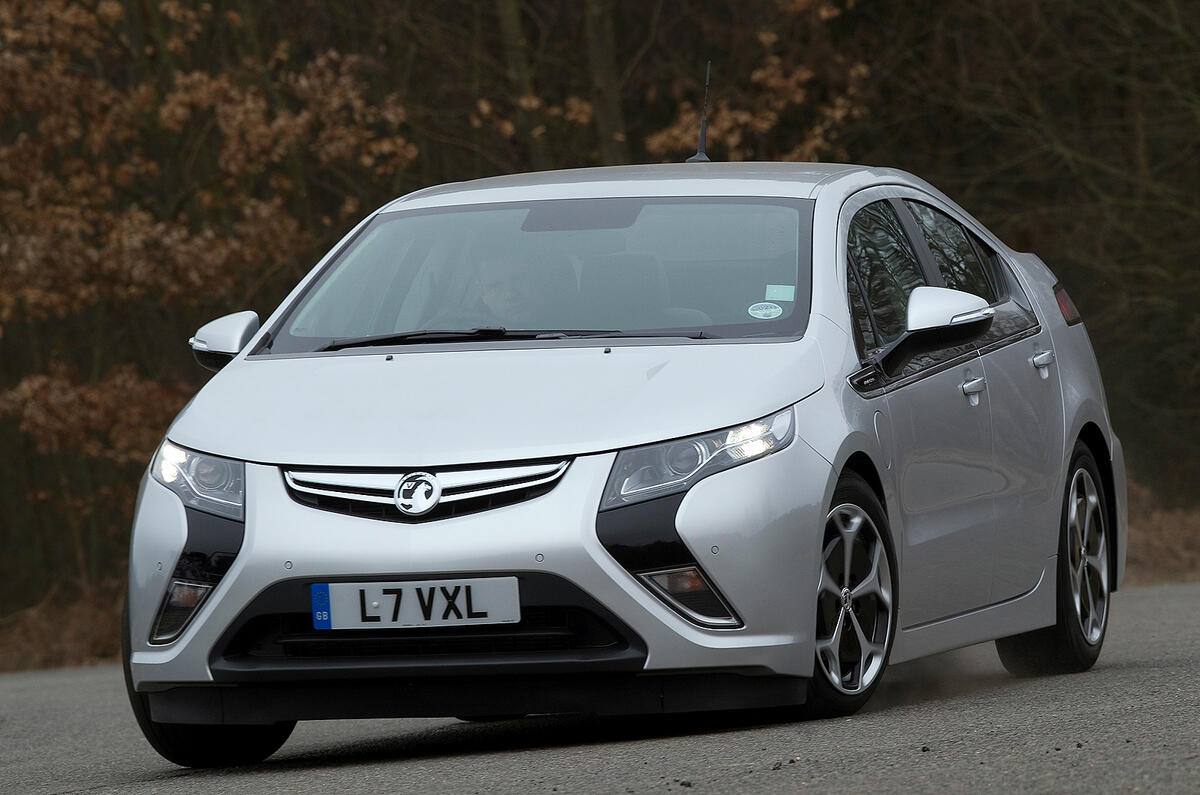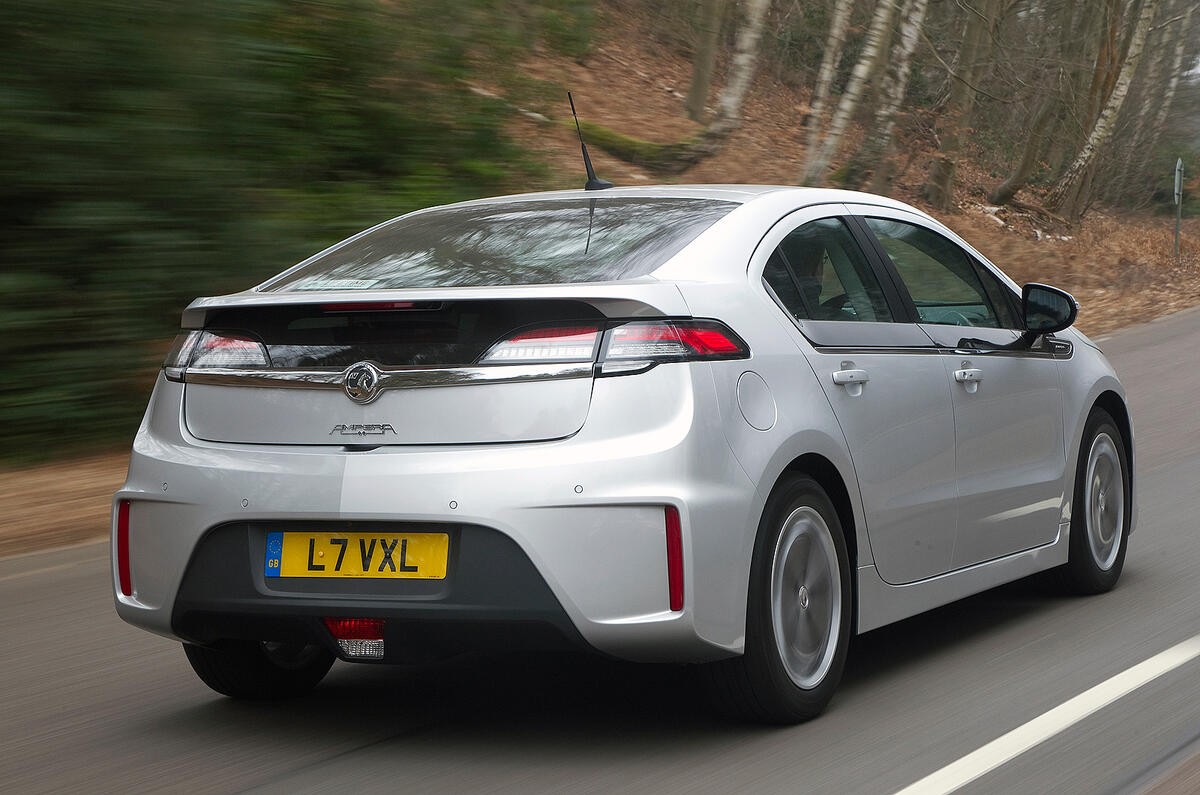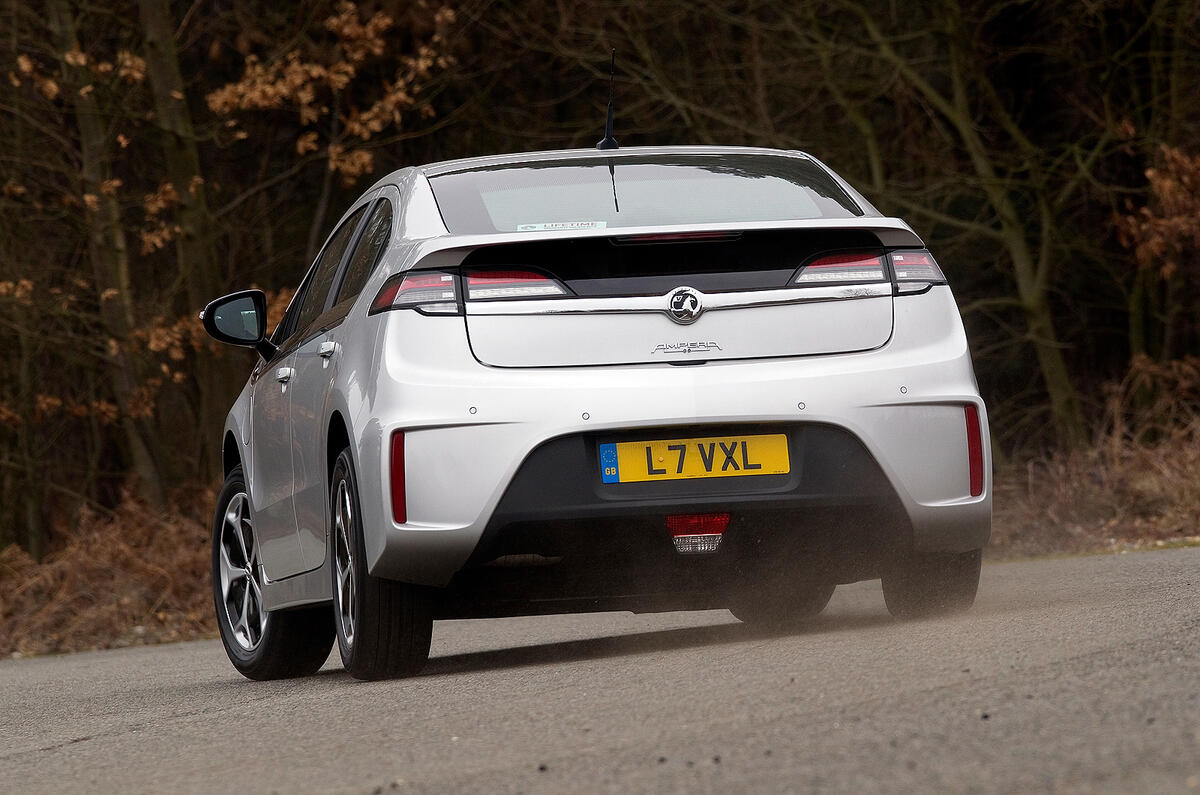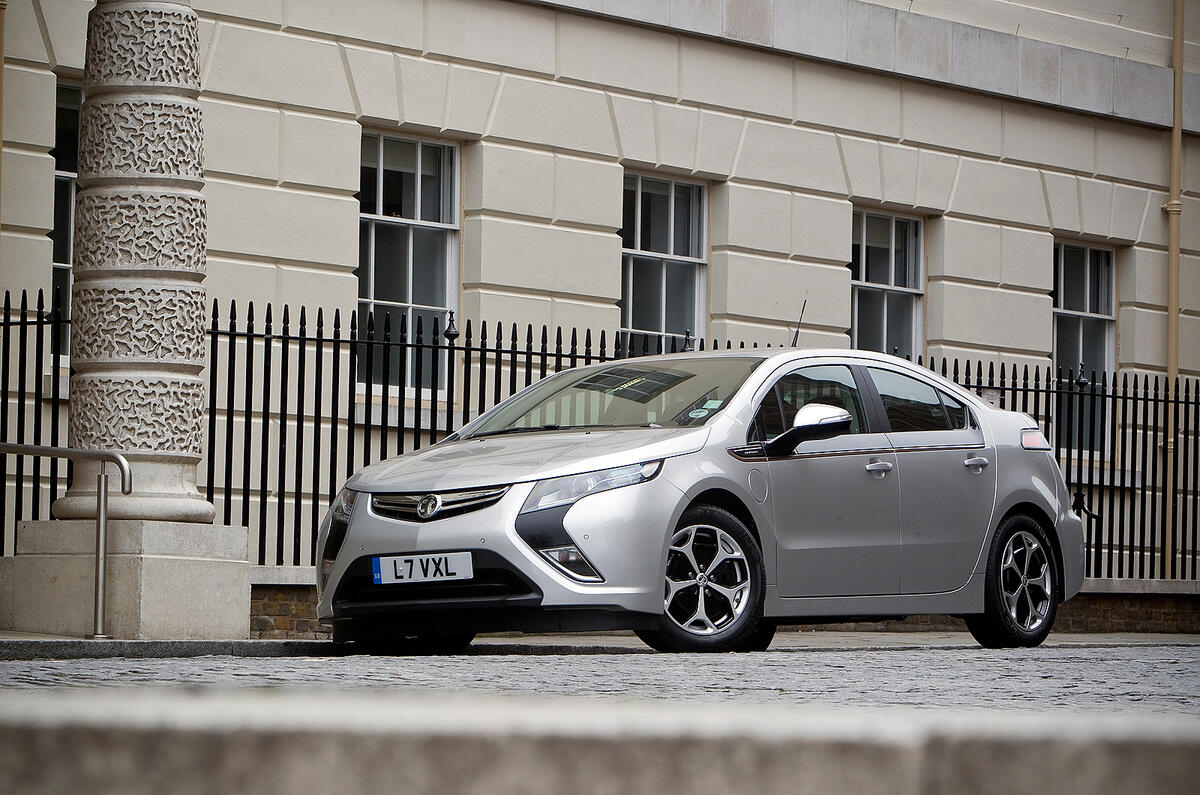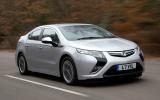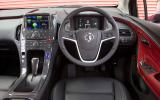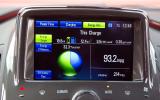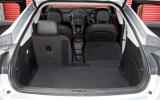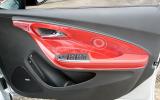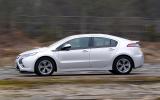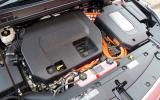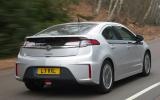GM’s intention here was clearly to create an electric car that you can use every day, and which can serve as your one and only means of family transport.
The cabin of the Vauxhall Ampera, like the powertrain, is a convincing realisation of that mission. It’s big enough for four adults and, broadly speaking, offers the practicality of most Ford Focus-size hatchbacks.
More than the powertrain, however, it’s actually the Ampera’s cabin that smacks a little of compromise. With a T-shaped battery filling the transmission tunnel, passenger space is impinged upon to the point that there is no middle back seat, making this is a strict four-seater.
The centre stack control panel is a bit of a minefield. We’d take conventional buttons over this smooth expanse of feel-less contact zones for your fingertips. We can’t help worrying about how they’ll age, either.
The two rear seats and the boot offer space on terms with an average C-segment hatch, although with the rear seat backs laid laid flat, the Ampera has an impressively large and totally flat load bay.
However, given that the car is priced more like a fairly lavish large saloon from the class above, the limited space is something that could put off those not sold solely on the state-of-the-art powertrain.
Materials quality and fit and finish are good in places but marginal in others. Sure, the latter is only by the standards of £30k saloons, but that’s where this car finds itself.
The driver interacts with the car via two seven-inch LCD displays, one in place of conventional instruments, the other on the centre stack. There’s no tacho because you don’t need one. A charge indicator tells you how much battery range remains; once depleted, it’s replaced by a fuel gauge as the car enters range-extender mode.
There’s also a Drive Mode button to toggle between Normal, Sport, Hold and Mountain modes. Mountain uses the petrol engine to maintain a higher minimum charge level in the battery, in order to keep enough performance in reserve to deal with demanding roads.
Hold mode lets you drive on petrol power whatever the battery condition – which might make sense on a journey to a city with a zero-emission zone.
Two trim levels are offered – Electron and range-topping Positiv – but all variants of the Ampera are well equipped. Positiv Amperas come with a DAB radio, USB connectivity, climate control, automatic lights, heated leather seats and cruise control.
The Electron models add to the Positiv's comprehensive kit list with sat-nav, a DVD player, a 30Gb media system and a Bose sound system.



